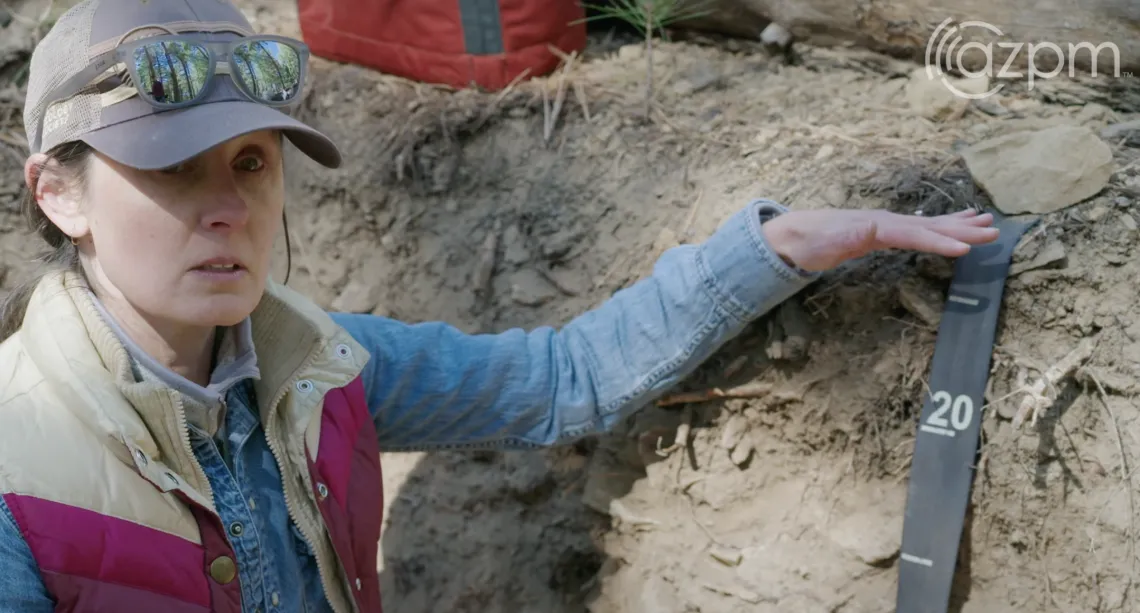Science in the Critical Zone

Arizona Public Media
University of Arizona scientists working at the Critical Zone Observatory in the Catalina Mountains are studying Earth’s thin surface. Lovejoy Center Director Rachel Gallery describes the intricate soil science of the Critical Zone.
Back in 2009, the National Science Foundation funded the development of a network of so-called “critical zone observatories” around the U.S. intended to be environmental laboratories focused on the Earth’s outer skin - where water, atmosphere, soil, rock and ecosystems interact. The idea was to better understand the critical zones where life happens, from the top of the canopy down to the bedrock. The Catalina Mountains in Arizona were chosen as one of these key research locations, where University of Arizona scientists from different disciplines could bring their expertise together to better understand the complexity and dynamism of ecological systems.
Producer: Bryan Nelson
Editor: Robert Lindberg
Videographers: Robert Lindberg, Diana Cadena, Clarice Bales

